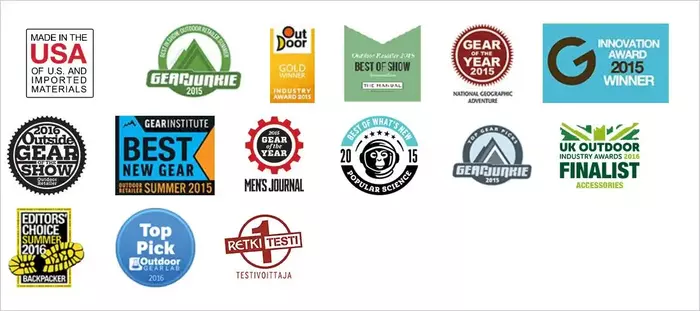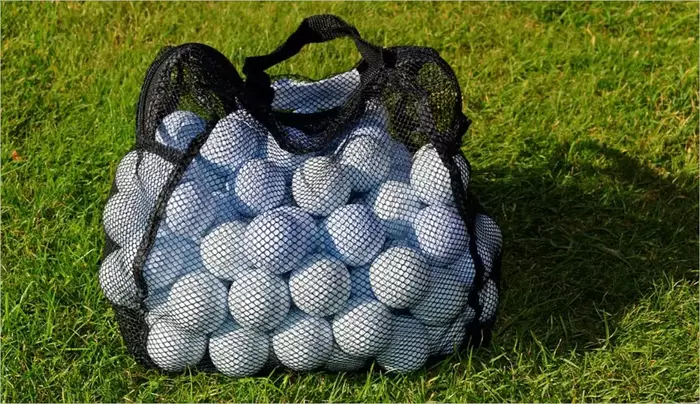When you have a piece of outdoor clothing that is supposed to be waterproof, you can easily know if it is reliable, just go and walk in the rain. With personal water filtration systems it is far different. There is no way to know.
There are many personal water filtration systems on the market that are designed for the trail. So when you are in the process of buying one, it may be tough to decide. With products of this type, it is about trust, and this is similar to buying a climbing carabiner or a rope.
The point is, your life may be at risk. This is why it is essential to do a thorough research. Note that you cannot rely much on users reports, they cannot know if their purifiers remove micro-organisms.
Bear in mind also that EPA and similar national organizations do not police portable water filters and purifiers that are on the market. In other words, there is no guarantee that such a product will actually protect you.
Eventual lab testing that you may see provided by a brand is on a voluntary basis, and even such tests may not be full tests.
So what you can do? Here are some tips:
- Try to find proofs of independent laboratory testing.
- Make sure that you buy a product from a highly respected brand.
- Choose a product that can remove even viruses.
- Choose a product with integrated adsorptive and absorptive technology.
If you choose wisely, then the answer on the question in the title is yes, personal water filtration systems may be safe and effective.

Proofs of independent laboratory testing
It is best to play safe. So if you see that the product is lab tested, check the lab itself. Is it ISO 17025 accredited? Here are some of the labs that are:
- NSF (National Sanitation foundation) Ann Arbor, Michigan, USA.
- WQA (Water Quality Association) Illinois, USA.
- BCS (Biological Consulting Services) Gainesville, Florida, USA.
- Biovir Laboratories California, USA.
Of course, not all brands play by the USA rules, the picture below shows testing for the Katadyn Pocket Water Filter which is a Swiss brand and they follow their separate lines of testing:

Testing protocols in the USA
There are two of them that are in my view very important, so check with the brand if the product has passed such a full test.
NSF Protocol P231
This is about microbiological water purifiers and it is more stringent than the EPA’s “Guide Standard and Protocol for Testing Microbiological Purifiers”. Note that this is not about testing for chemicals.
All MSR water filters and purifiers pass this test, this is a statement that I have found on their site.
NSF Protocol P248
This is about military operations microbiological water purifiers and it follows the P231 protocol. This protocol tests for the removal of microorganisms from “worst-case” wilderness water.
I mentioned full test, and this means 10 days testing protocol. If this is not so, it cannot be reliable. Note that MSR’s Guardian purifier passes these tests.
I mentioned trust, so I would say that a part of it is when you see awards that a product receives. The picture below shows one incredible example:

Mechanical water filters and purifiers
The word mechanical here means that this is about physical removal of micro-organisms and not about killing them or making them harmless in some other way.
So this all is just about sizes of pores in these tools. In most cases you have hollow fiber membranes, but there are also tools with ceramic filtering.
When this is about mechanical water purifiers, the sizes of pores are such that they can remove even viruses. This means pores in the range 0.02 microns or even smaller. The video below shows some details about the previously mentioned MSR Guardian:

Filters and purifiers with integrated adsorptive and absorptive technology
This is about chemical reactions of the material in the filter with contaminants in the water. In the process, the contaminants in the water are drawn to the material and they stick to it.
Bear in mind that there are limits to this. Such adsorptive materials lose their level of attraction in time, this is natural because more and more contaminants are stuck to it. The problem is that you do not have indicators showing you when this point is reached.
Though in specifications of such products you should have indicated the actual capacity in terms of the number of liters it can filter. This determines its life time. This implies extra investment after a period of time.
This all is important to remove PFAS discussed in my separate text about rain water. Most frequently this will be about filters and purifiers that include activated carbon.
So, are personal water filtration systems safe and effective?
I would say yes, assuming that you have been careful in choosing your filtration system. To be sure about micro-organisms, go for the pore sizes of 0.02 microns or smaller. For chemicals, choose a system with activated carbon. It is best to have both combined in one purifier.
Please read more on these issues in my text about glacier meltwater and rain water drinking.
For more texts of this type please check under the category FAQs here in the site. Read in particular how much water you may need for a two-day hike.
Subscribe to my weakly newsletter and stay informed, the subscription form is given below. Thank you for reading and have a nice day.
Leave a Reply